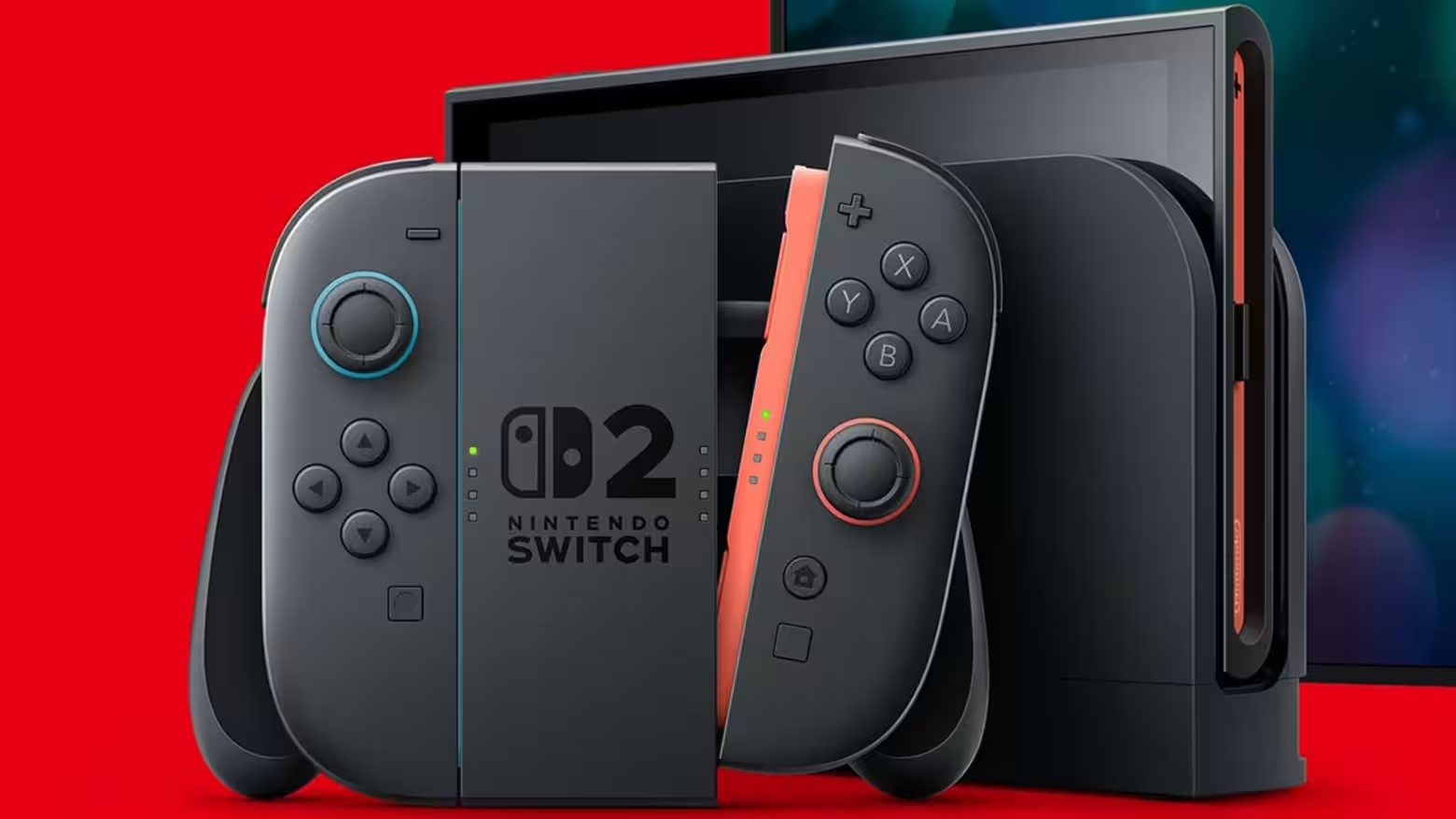In 2025, peer-to-peer (P2P) lending continues to gain ground as an alternative to traditional banks. With loan approvals getting tougher through regular channels, more people are turning to platforms that link borrowers directly with everyday investors . It's become a smoother, often quicker way to borrow and lend money without the usual red tape.
Here’s a look at 10 P2P platforms that are worth checking out this year: LenDenClub has made a significant niche for itself in India's lending landscape, particularly when it comes to small loans. It's become a default option for individuals who get rejected by banks most of the time. To investors, it offers lucrative returns, and in the background, it makes use of technology to evaluate borrowers more effectively.

It's also RBI-approved, which aids trust-building. Prosper is one of the pioneers of P2P lending in the US. It handles personal loans of up to $50,000 and gives investors a chance to pick loans based on risk level.
The platform keeps things simple and has built a solid reputation over the years, both for reliability and ease of use. Mintos, based in Latvia, takes a slightly different route. Instead of offering loans directly, it connects investors with other lending companies around the world.
It supports multiple currencies and has tools to help weigh the risks. For those looking to spread out investments across countries and loan types, it’s a strong contender. PeerBerry has picked up momentum with its focus on short-term consumer loans and its partnership model with loan originators.
A standout feature is its buyback guarantee, which kicks in if a borrower defaults. That, combined with a clean interface and helpful support, makes it one of the more appealing platforms in Europe. Upstart is all about using smarter data to make lending decisions.
Rather than just relying on credit scores, it looks at things like education and job history. Backed by a large data set, its system claims to predict risk more accurately. It mostly handles personal loans and auto refinancing and has attracted plenty of attention from tech-savvy investors.
Faircent was the first P2P site in India to be officially approved by the RBI . It provides loans for personal as well as business purposes. Among its important features is the direct negotiation between borrowers and lenders for terms, providing flexibility.
Lots of background information on borrowers is also helpful while making decisions. Funding Circle is now a significant player in the market for small business loans, particularly in the UK and the US. It brings business owners—such as owners of restaurants or shopkeepers—into contact with individuals who are willing to finance their expansion.
The site is fast, transparent, and supportive to entrepreneurs. Kiva is unique in that it's not about making money. It's about assisting small business owners in poor communities to access the capital they require to expand.
People can lend small sums, and although there's no interest or monetary gain, there's a feeling of having done something positive. It's less about profit and more about impact. Cred, originally known for rewarding users who paid their credit card bills on time, now has a growing lending feature.
Thanks to strong user data, it matches lenders with high-credit borrowers. It's still expanding, but its focus on quality borrowers and a sleek app experience has caught attention. Bondora operates in markets such as Estonia, Finland, and Spain.
Its best-selling product, Go & Grow, provides users with a fixed return while making it easy to withdraw. Focusing on automation and ease, it's gained widespread popularity among new and old investors alike. The top names in P2P lending have a few things in common: large user bases, proper regulation, high loan volumes, and a steady push to make things easier and smarter through tech.
Most also have decent track records when it comes to managing risk and delivering returns. P2P lending has grown from a niche idea to a real alternative for borrowing and investing. It’s faster, more accessible, and in many cases, more flexible than going through a bank.
But like any financial product, it’s not one-size-fits-all. Understanding the risks and how each platform works can make all the difference..
















